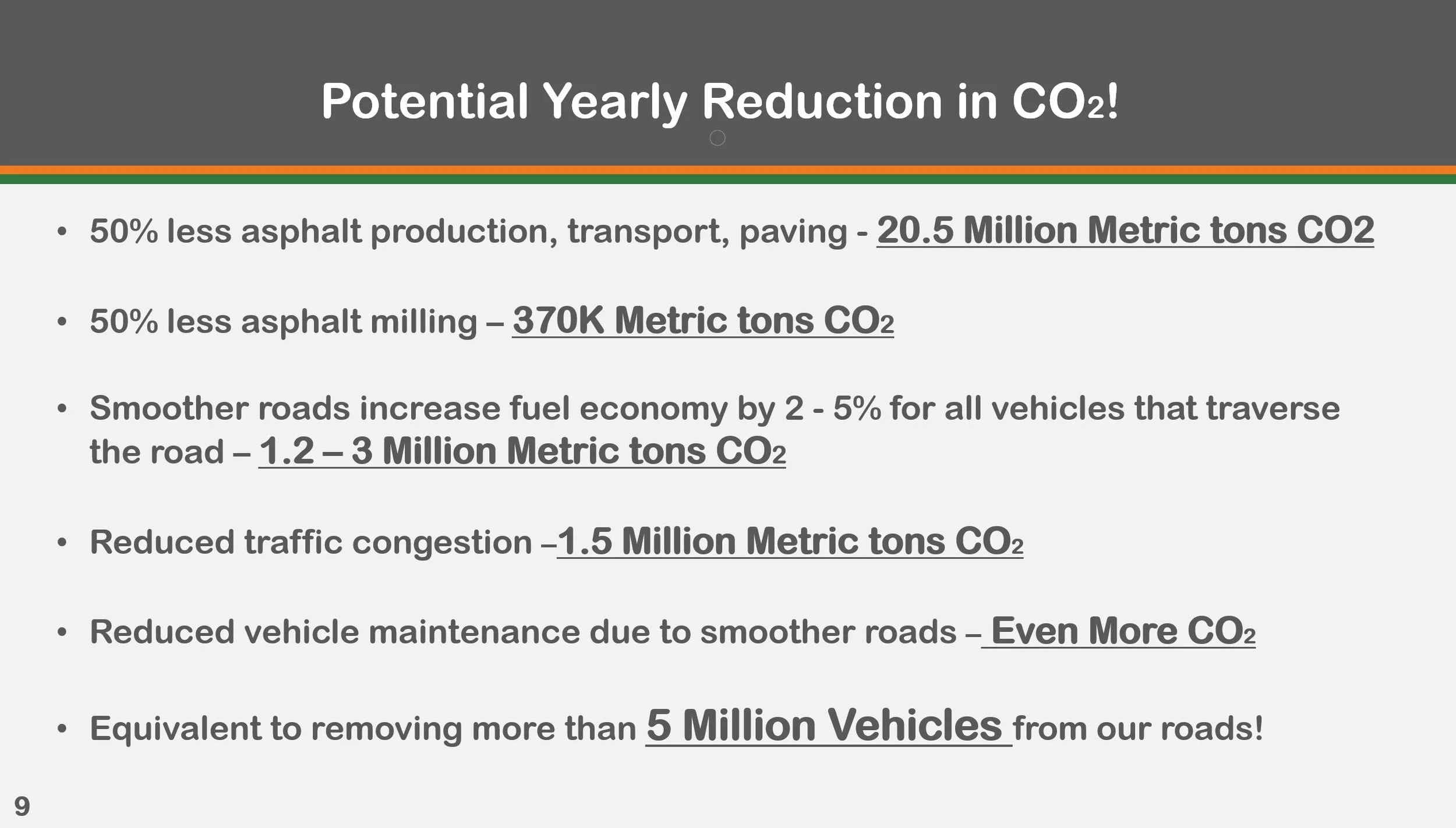Merging Advanced Technologies
By merging our Revolutionary Design for an Asphalt Paving Machine with Lidar Laser Scanners and Advanced Computer Modelling we can accurately deliver the right amount of asphalt material to any location on the road surface. With a 3-D shaped asphalt layer we can achieve a uniform level of compaction resulting in a long-lasting smooth driving surface. And since our method will be able to compensate for any surface variation encountered we can minimize the preparation work, greatly reducing and in some cases eliminate the need to mill down the entire surface flat.
This will reduce the cost of the project as well as substantially reducing the number and duration of lane closures, which will save us all time and money as well as reduce everyone's carbon output.
First we use Lidar to scan the surface to be paved. Lidar is safe to use in public, is accurate to the millimeter and the data is easily manipulated.
Using Advanced Computer Modelling a shaped asphalt mat is designed that will compensate for the depressions, dips, ruts and bumps that are found in all roads requiring rehabilitation. This will not be a flat layer of asphalt, like current asphalt paving machines deliver, instead it will be shaped to inversely mimic the surface being paved providing more asphalt over depressions and less over bumps.
Our patented approach uses a variable screed instead of the flat plate or tamper bar screed used in current asphalt paving machines. The Variable Screed provides the capability to accurately deliver asphalt shaped in 3-D so we’ll be able to take a minimalistic approach to asphalt rehabilitation. Milling the entire road will only be needed to maintain curb height. For all other situations we will be able to simply trench out the localized areas where potholes, severe rutting or top-down cracks have occurred. This will be followed with a shaped asphalt layer that will fill in these trenched out areas and at the same time deliver a thin-overlay to the rest of the road surface. A typical heavy roller will then perform final compaction. With the correct volume of material placed intelligently over surface deformations we will be able to achieve a much higher and more uniform level of compaction. Better compaction has been proven to prevent potholes and extending the life of the road. That way we don’t have to keep coming back and fixing the roads over and over again, saving on long term costs.
Can we eliminate all milling? The answer is NO, as it is needed to remove the potholes as well as other areas that have broken down or exhibit top-down cracks. However, we can eliminate the need to mill down the entire road surface flat which will reduce the time it takes to complete the job. This will reduce the lane closures that are so disruptive to our lives.
By reducing the size and duration of road construction projects we will reduce the cost to rehabilitate roads and minimize its impact on society, saving us all time and money as well as reducing the overall carbon footprint.
Based on the current 90 Million Tons of asphalt that are reprocessed every year in the U.S. alone we’re talking about a substantial reduction in green house gas emissions!
Melding new and emerging technologies provides the ability to build and rehabilitate roads Better, Faster, Cheaper and Cleaner. To the benefit of All!







